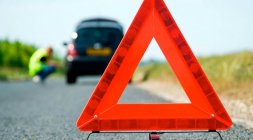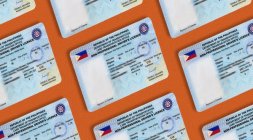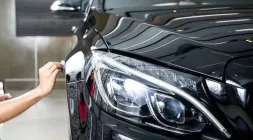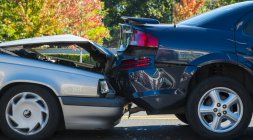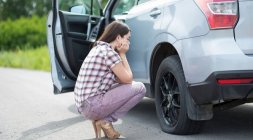10 steps to master and take as soon as the car brake fails
Follow our tips and you can save your own life!
The brake is one of the most important parts of the car. If in the most unfortunate situation, the car brake fails, you need to calmly handle your vehicle to avoid causing serious consequences for yourself and those around you.
1. Decelerate slowly
Shifting to the lower gear will slow the card down and can help you stop the car safely. Whether you are driving an automatic or manual, try to change down a gear in a sequential way, as when you slow down too abruptly, your car is at risk of slipping.
Do not turn off the engine, since the steering system loses power, which makes it heavy and difficult to control. In addition, at high speeds, if the engine stops suddenly, it will cause the vehicle to lose control due to inertia force.
2. Find the emergency brake if available
If your vehicle is equipped with an emergency braking system, use it. This system is often used to stop the car even though it takes longer because it only affects the rear wheel. When using, note that you should operate gently, slowly but with sufficient force. If you pull too hard and too fast, you can lock up the wheel, causing slippage and loss of steering.
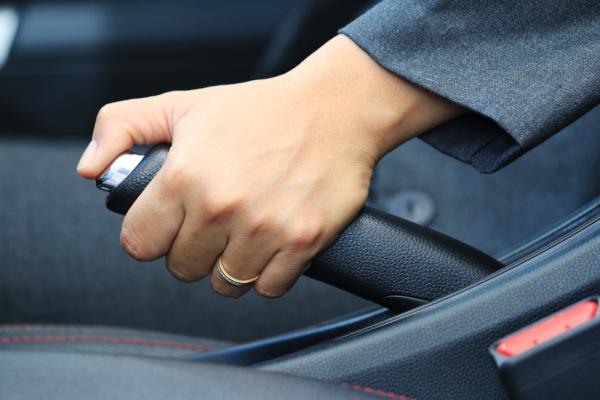
If your vehicle is equipped with an emergency braking system, use it
3. Move the car to the right lane as fast as possible
Move to the right of the path or head for the exit. If you need to change lanes, be very careful, look in the mirror and examine surroundings.
4. Release the accelerator
Release the accelerator pedal to slow down. You should remember that your goal is to slow down the car and stop safely.
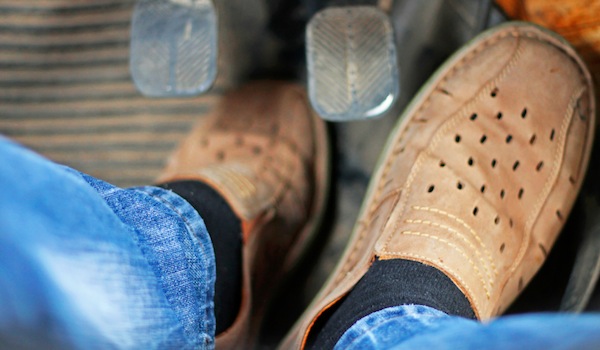
Release the accelerator pedal to slow down
5. Check for any objects that are clinging to the brake pedal
Items such as soda cans or bottles, coffee cups, paper rolls or floor mats can wedge behind the brake pedal, causing the brake to stop working. Take the time to check if the brake is stuck or not.
6. Slam on the brake pedal continuously to hopefully make it work again
Hit the brake pedal repeatedly to sense pressure because if the pipe is blocked, braking repeatedly will help the brake recover; or if the vehicle is equipped with ABS (anti-lock brake), it can help activate the ABS.
7. Warn others in any possible way
Turn on the warning light, blink or use the horn to cause other vehicles to know you are having trouble. Open windows to increase the resistance of the wind and make it easier to call for help.
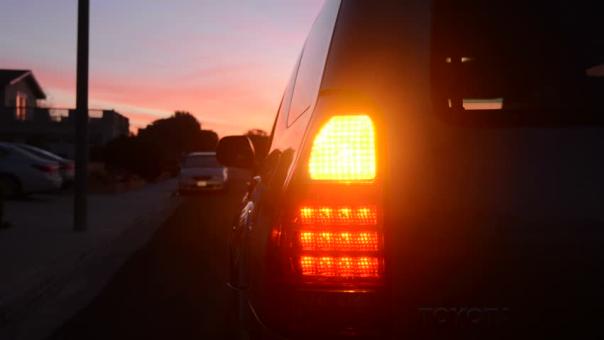
Turn on the warning light, blink or use the horn to cause other vehicles to know you are having trouble
8. Drive the car to slow down the obstacles
If you choose to crash into obstacles to slow down, consider it carefully, especially if your car is running at high speeds. Aim at obstacles such as bushes or puddles. Try to stay away from crowded residential areas if possible.
9. Keep calm
You should remember the steps outlined in this article and implement them instead of being panic. As long as you stay calm and take full control, you have the opportunity to keep yourself and your surroundings safe.
10. Once you have safely stopped, call for help
Do not continue driving even when the brake starts operating again. Pull the car to a nearby garage for inspection and repair.
RECENT ARTICLES

